‘Lighting should help in selling the merchandise’ : Deepak Puri, Architect
By N Jayalakshmi | August 27, 2021
Retail4Growth presents ‘Spotlight’, a series in association with retail lighting solutions company Gardler, in which architects and store designers share their views on the role that lighting plays in the whole in-store experience . In this interaction, Bangalore based leading architect Deepak Puri, Principal Architect of Deepak Puri Architects & Interior Designers, shares some keen insights on the intricacies retail lighting. Read on…
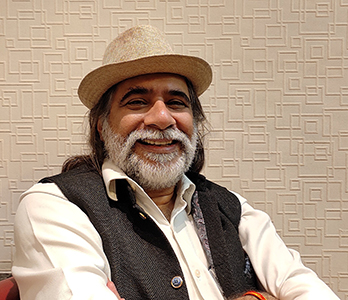 Could you first explain why lighting plays such an important role in retail?
Could you first explain why lighting plays such an important role in retail?
Retail is all about lighting; it is the prime focus. As long as we are in the physical space of selling, we will need lighting. As a matter of fact, even in the digital space, we need the right kind of lighting to highlight the product.
Lighting, especially in the fitting rooms and near the mirrors, have become very important today in stores. Almost 90% of product sale happens not on the display, but in the fitting rooms or in front of the mirror, where the customer gets the touch and feel --whether it’s jewellery, watches, clothing or footwear. It’s all about how they can see your product and that’s where lighting comes in .
Any do’s and dont’s you can share when it comes to planning the right lighting for a store?
The first thing to remember is that excessive lighting can kill and take the focus away from the merchandise. The fact is, lighting should help move the merchandise from the shelf, not just highlight it. You need to bring your customer’s attention to a focal point and there‘s a lot of psychology behind the strategic use of lights, as consumer behaviour is impacted tremendously by the use of lighting. Also, there are other factors to consider, such as the choice of passive and active displays and the corresponding use of light and shadow.
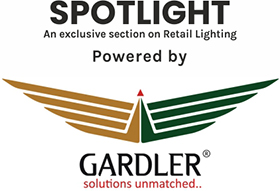 The choice of lighting also depends on the merchandise category and the activity that needs to be promoted. For example, in a jewellery store, silver and platinum look better under white lights. In the case of a supermarket, the use of reddish lights in the meat section highlights freshness of the product. So retail lighting is essentially about enhancing the product character in a way that it influences purchase decisions.
The choice of lighting also depends on the merchandise category and the activity that needs to be promoted. For example, in a jewellery store, silver and platinum look better under white lights. In the case of a supermarket, the use of reddish lights in the meat section highlights freshness of the product. So retail lighting is essentially about enhancing the product character in a way that it influences purchase decisions.
There have been tremendous changes in the lighting solutions space in the last three to four years. For example, magnetic tracks today offer a lot of flexibility, whether in terms of spotlights or ambient lights. They give versatility and enable you to change lighting quite easily in tandem with the merchandise changes, without causing any inconvenience or changes in the store design. This is particularly advantageous in larger format stores.
Also, today with smart lighting, everything - from colour temperature to motion sensors- can be controlled from a single device, the phone. And, it’s not very expensive either. So I’d say this segment has grown phenomenally. There are lots of products available in the market, but clients are not aware of them or of the changing technologies in lighting because they are not advertised.
What about the cost factor when it comes to lighting? How does one manage it without compromising on the quality?
Lighting typically costs nearly 9% of the total interior cost on an average, especially in a category like jewellery. In the case of a watch store, it is about 7% . The cost also depends on whether one wants to use fixed lights or flexible lights. Flexible lights cost more, but offer the ease of exploring more options when you want to. So with fixed lights, the initial investment is lower, but there is no provision for flexibility or change when you need it. Most people obviously opt for fixed, because they think their product category is fixed, but it can change later when they will want to add new categories. Retail is dynamic, so flexibility of lighting is important.
A lot of effort goes into explaining to clients why they need to spend on a specific light. The differences in quality are often not apparent to them.
What are the typical challenges you face in a project when it comes to lighting?
The main challenge is a rigid mindset, not everyone is receptive to new ideas. Often there is also the lack of openness to look at anything from different perspectives. The other challenge is the approach to cost. People have to understand that economies of scale work only in manufacturing, they don’t work in creativity. Also, there is the need to understand that the right initial investment in lighting can help save on recurring costs.
What has been your own approach to lighting when it comes to store design projects?
Almost 90% of the time, we learn from other people’s experiences and most of our learnings have come from senior architects and other professionals in the space. I also spend a lot of time exploring options when I visit international exhibitions like Euroshop. In India too, lot of people are now doing some wonderful work in this space. There was a time when people used to buy from China and sell here, but now people have got into development and not merely trading. There are good development centres in India.
We work with multiple vendors for lighting with whom we discuss and find a solution. With every project we work on, we learn a little bit. Currently we are working on using the right kind of lenses to deliver the right kind of impact, while reducing power consumption by at least two thirds. The idea is to help reduce the client ‘s recurring costs, even if the initial investments might be slightly higher.
What do you look for in a lighting partner/supplier for a project?
Any lighting partner needs to have knowledge, that’s the most important aspect. I need someone who understands what we need to do with lighting; understands the client requirements and the category. We don’t need traders, we need solution providers. They should also be receptive to new, out of box ideas and be able to bring in a sense of play into the design solution. Like I said, in retail everything is about lighting.
https://www.gardlerlighting.com/

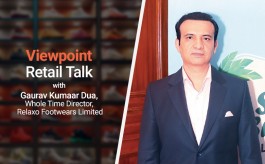
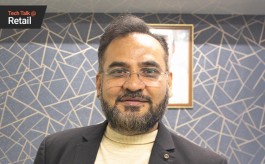

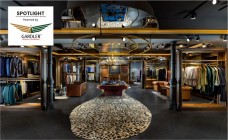
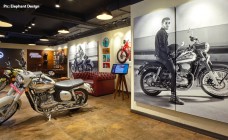



Comments